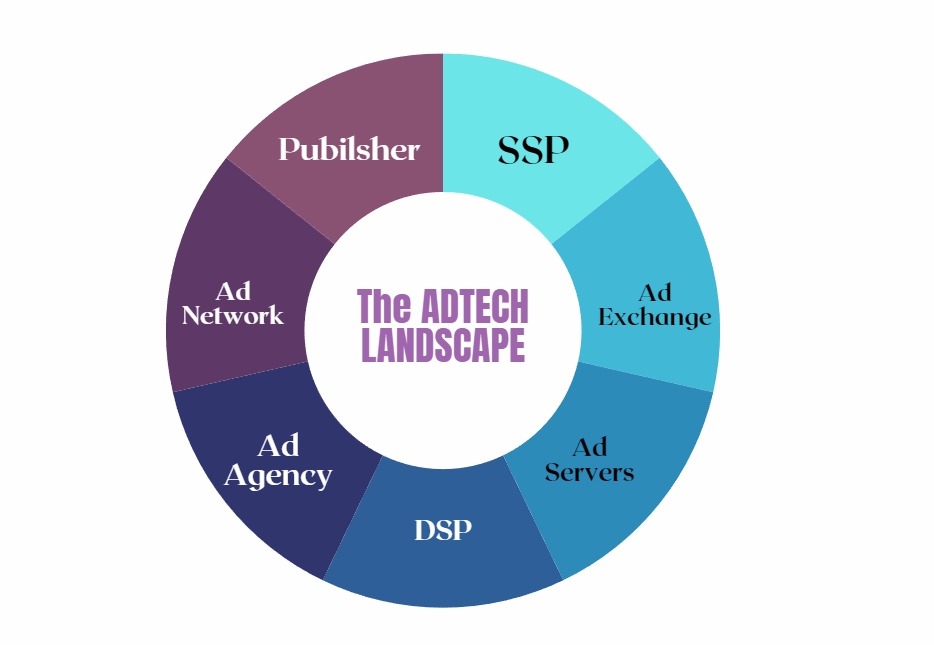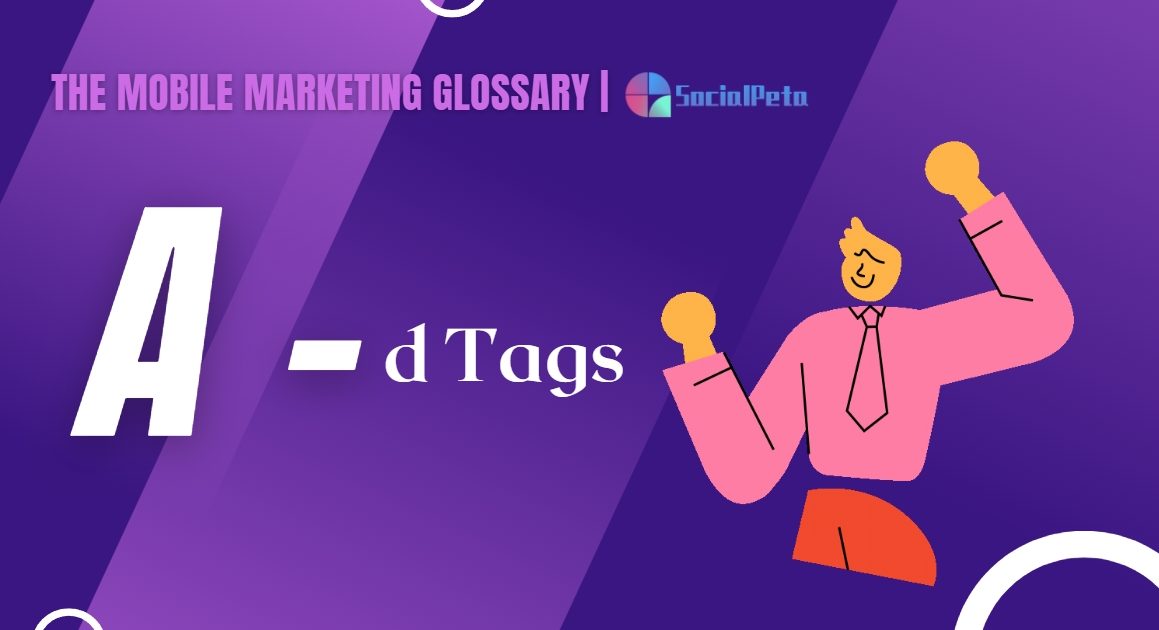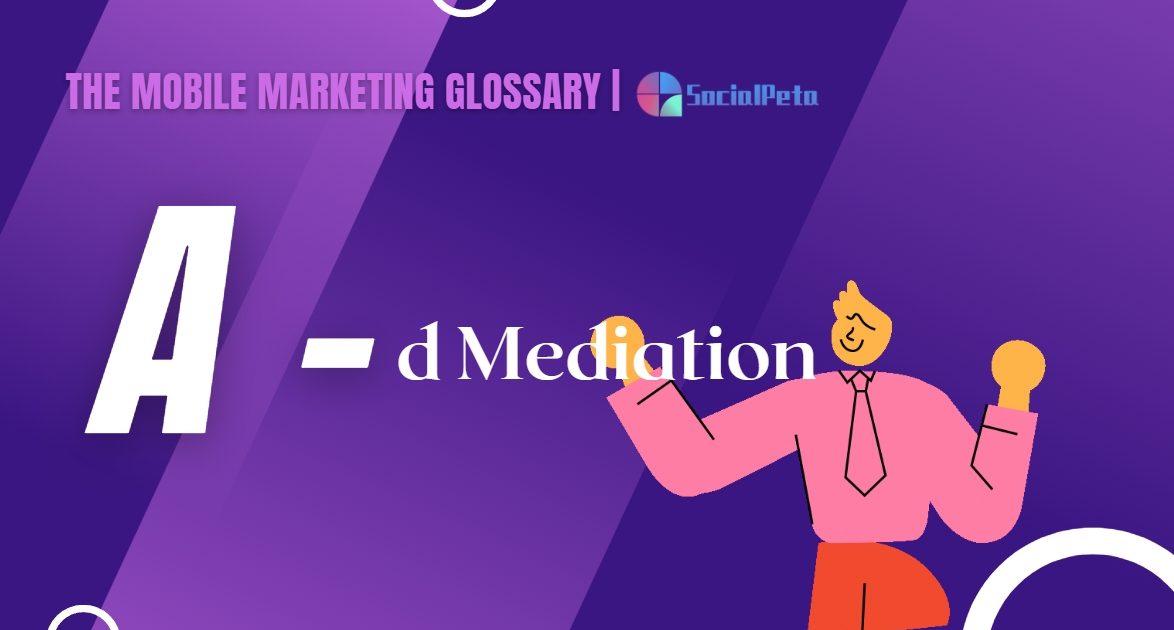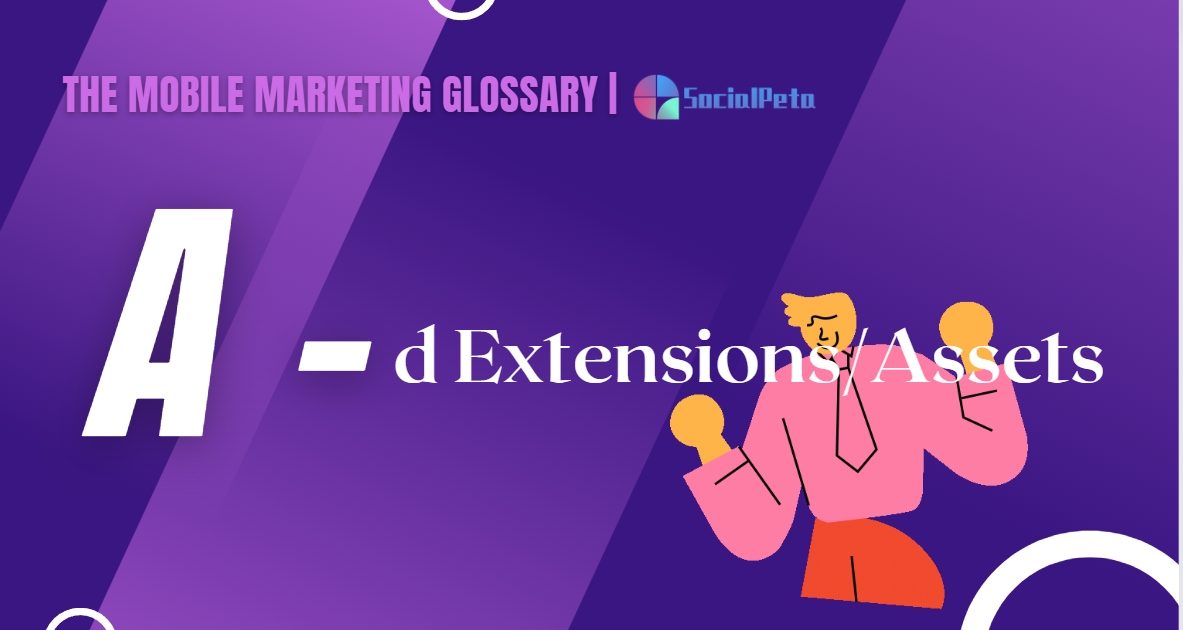What is Ad Tech?
Ad tech, or advertising technology, refers to the array of software and tools that empower advertisers and agencies to plan, execute, and analyze their digital advertising campaigns.
What is AdTech and why is it important?
Ad tech refers to the technology and tools used in digital advertising, including ad servers, demand-side platforms (DSPs), supply-side platforms (SSPs), data management platforms (DMPs), ad exchanges, and analytics solutions. It enables efficient ad buying, targeting, delivery, and measurement, helping advertisers and publishers optimize their campaigns and achieve better results.

Ad tech's impact on the advertising landscape is undeniable. It's not just about running ads; it's about precision targeting, real-time analytics, and optimizing campaigns for maximum impact. Imagine a scenario where we not only deliver ads but also ensure they reach the right audience at the right time, optimizing every penny spent. Ad tech facilitates this by leveraging AI, machine learning, and big data analytics.
AdTech VS MarTech
AdTech primarily focuses on the advertising aspect, dealing with ad placements, targeting, and optimization. On the other hand, MarTech encompasses a broader spectrum, integrating technology to manage marketing efforts as a whole, including customer relationship management, content marketing, and email campaigns.
The key distinction lies in their objectives: AdTech aims to deliver targeted messages to specific audiences, while MarTech concentrates on the overall marketing strategy and customer experience.
But here's the kicker: in today's interconnected world, the boundaries between AdTech and MarTech often blur. The convergence of both technologies becomes increasingly prevalent as advertisers seek holistic solutions to engage their audience seamlessly across various touchpoints.
Spy on Top Ads, For Your Apps
Register For Free DemoAdTech Glossary - Basics
Ad tech, short for advertising technology, is a broad term that encompasses the tools and services used to connect advertisers with their target audiences and publishers. Navigating through the world of AdTech and MarTech can feel like learning a new language.
1. Creative
Creative refers to the diverse range of advertising materials utilized to captivate target audiences. These materials encompass sound, video, animations, and textual content. When embarking on online advertising campaigns, the creative aspect holds paramount importance as it directly influences both the effectiveness and costs associated with the ad campaigns.
The nature of creatives varies based on the intended user interaction, such as clicks, downloads, or form submissions. An attention-grabbing and innovative creative material can significantly enhance user engagement and click-through rates, ultimately elevating the success rate of advertising campaigns.
For instance, in the gaming industry, advertising creative might encompass thrilling game snippets or enticing game characters to entice players into clicking and downloading the application.
2. Advertisers and Publisher
Advertisers, representing brands, are the buyers in the digital marketing ecosystem. They aim to purchase online media, also known as ad space or inventory. They're the ones seeking to promote their products/services through various online platforms.
On the other hand, publishers, encompassing websites and applications, act as sellers. They offer ad space to media buyers or advertisers. Publishers strive to monetize their platforms by selling this space to advertisers, facilitating the display of ads to their audience.
This ecosystem works as a marketplace where advertisers seek suitable spaces to showcase their creatives, and publishers aim to sell their available ad space to maximize revenue. It's a symbiotic relationship where advertisers reach their target audience through publishers' platforms, benefiting both parties in the process.
3. Advertising Operations (AdOps)
Advertising Operations, commonly known as AdOps, refers to the department within a publisher's domain responsible for managing ad campaigns within their ad server, also termed as the first-party ad server or the publisher's ad server. Their tasks involve setting up ad campaigns for advertising clients, implementing ad tags, configuring header bidding wrappers, and making adjustments to ad campaigns as required.
On the advertiser's side, the AdOps department handles the setup, monitoring, and optimization of ad campaigns. Initially, this process was manual, but over time, AdOps has transitioned to using AdTech platforms to streamline operations, such as employing ad servers, also known as third-party ad servers.
4. Ad Server
An Ad Server operates in two primary forms:
- For Advertisers (Third-Party Ad Server): This web-based technological platform is geared towards advertisers. It holds the responsibility of determining which ads to display on websites, delivering these ads, connecting with other ad tech platforms (like demand-side platforms) to purchase ad resources, and gathering essential data such as impressions and clicks. Ad servers catering to advertisers include platforms like adform, adspeed, zedo, advendio, among others.
- For Publishers (First-Party or Publisher's Ad Server): This ad server empowers publishers to manage ad spaces on their websites. It exhibits ads directly sold to advertisers (known as direct ad campaigns). In cases where there are no direct ad campaigns available, the first-party ad server serves as a management platform. It decides which ad codes (from third-party ad servers, SSPs, or ad networks) to display within its ad spaces. Popular ad servers for publishers include google ad manager, broadstreet, uprival, passendo, ad butler, among others.
5. DMP – Data Management Platform
A Data Management Platform (DMP) is a comprehensive tool used to collect, organize, and analyze vast sets of data from various sources. Its primary function is to gather both first-party (collected directly from the user or customer) and third-party data (purchased or obtained from external sources). DMPs facilitate segmentation of this data into specific audience categories, allowing advertisers to create targeted and personalized marketing campaigns. They help in understanding customer behavior, preferences, and trends, empowering businesses to make data-driven decisions for advertising and marketing strategies.
6. DSP – Demand Side Platform
A Demand Side Platform (DSP) is a software platform used by advertisers and agencies to purchase digital advertising inventory across multiple ad exchanges and publishers. DSPs enable advertisers to manage, optimize, and execute their ad campaigns in real-time. They provide access to multiple ad exchanges and allow advertisers to bid on available ad impressions based on targeting criteria. DSPs utilize data to make automated buying decisions, helping advertisers reach their desired audiences effectively and efficiently.
7. SSP – Supply Side Platform
A Supply Side Platform (SSP) is the publisher-side counterpart to DSPs. It is a technology platform that enables publishers to manage and optimize the sale of their advertising inventory programmatically. SSPs provide tools for publishers to connect their inventory to multiple ad exchanges, networks, and DSPs. They help publishers maximize their ad revenue by offering their ad spaces to advertisers at the highest possible prices through real-time bidding and direct sales, while also allowing control over which ads are displayed on their platforms.
8. Ad Exchange
An Ad Exchange is a digital marketplace where ad space is bought and sold in real-time through automated auctions. It connects publishers offering ad space with advertisers seeking to display ads to specific audiences. This platform enables efficient and instantaneous transactions, allowing advertisers to bid for ad placements that match their targeting preferences while giving publishers access to a wide range of potential buyers for their ad inventory.
9. Data Broker
A Data Broker (or an information broker, data provider, and data supplier ) is an entity or company that collects, aggregates, and sells consumer data to other businesses. They acquire information from various sources, including public records, online activities, purchases, and more, to create detailed consumer profiles. These profiles are then sold to organizations for various purposes, such as targeted advertising, market research, and analytics.
10. Verification services
Verification services in the realm of advertising utilize technology to offer advertisers additional insights and information about their online ad campaigns.
These services provide advertisers with information such as:
- Placement: Where the ads are displayed on which websites.
- Geographical Location: The display locations of the ads.
- Ad Visibility: The percentage of the ad that is viewable to users.
- Detection of Fraudulent Activity: Identification of fraudulent traffic, such as impressions, clicks, or conversions generated by bots.
- Contextual Information: Whether the ads are displayed alongside suspicious or inappropriate content (e.g., illegal or offensive content).
11. RTB – Real-time Bidding
RTB is a lightning-fast bidding process where DSPs decide, in milliseconds, whether to bid and how much to pay for available ad space offered by SSPs. The entire process occurs nearly instantaneously, within 300 milliseconds, placing ad creatives as users load web pages.
12. Retargeting platforms
Retargeting platforms aim to boost campaign success by redirecting tailored ads to users who previously visited an advertiser's site. These platforms track user behavior to display personalized ads across various websites, re-engaging potential customers who showed interest but didn't complete desired actions, like making a purchase.





